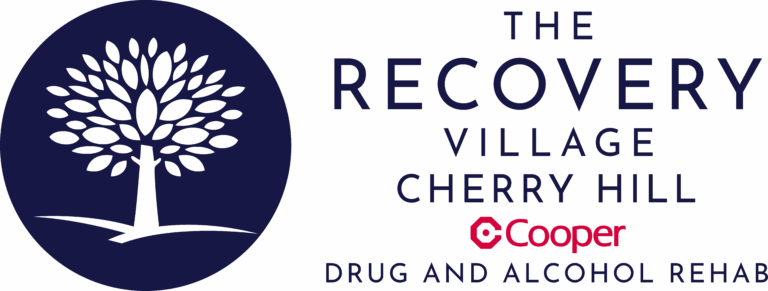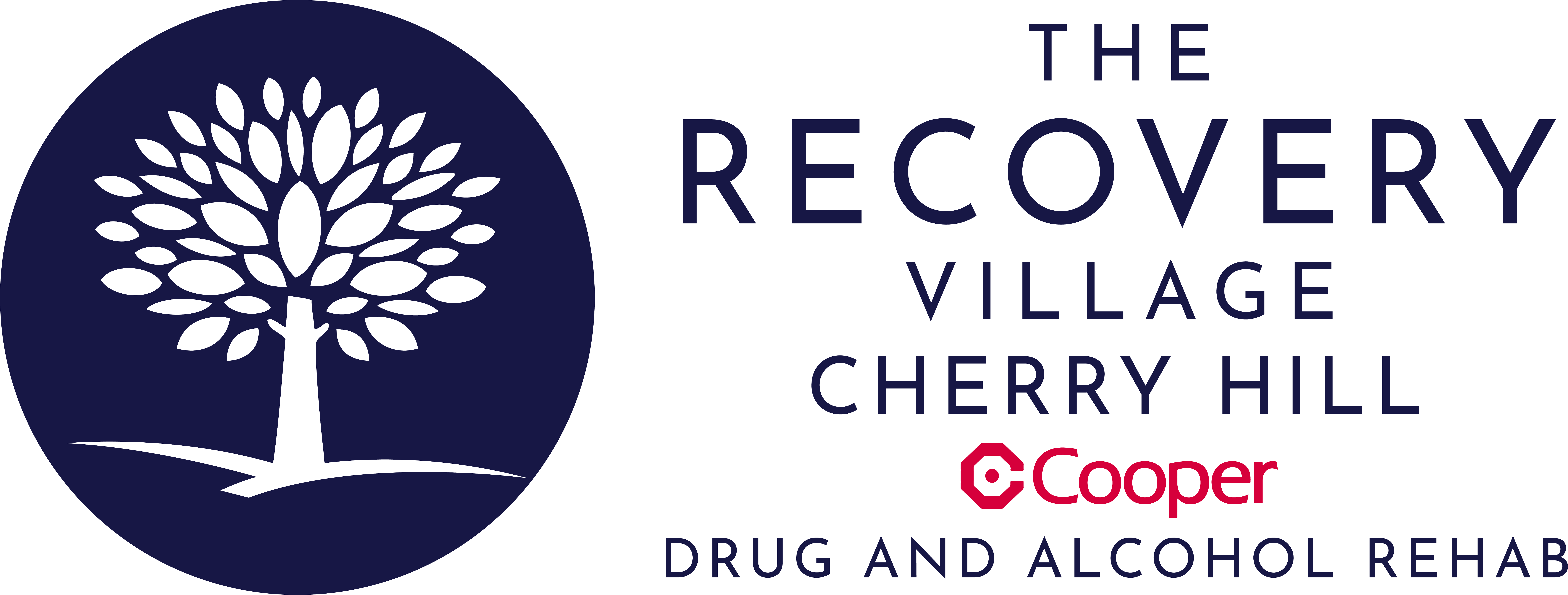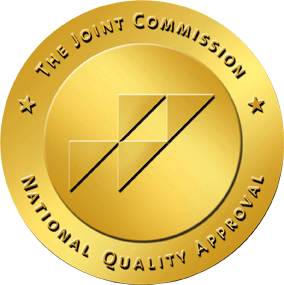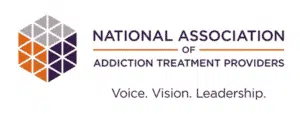Heroin use can have a profound impact on both physical health and overall well-being, but one of the most visible signs often appears in the eyes. From hallmark pinpoint pupils to the risk of permanent vision damage, understanding how heroin affects ocular health is critical. At The Recovery Village Cherry Hill at Cooper, we aim to shed light on these issues and emphasize the importance of early intervention, comprehensive treatment, and continued eye care throughout the recovery journey.
Key Takeaways
- Pinpoint Pupils (Miosis): Constricted pupils, commonly called “heroin eyes,” are a telltale sign of heroin use.
- Increased Infection Risk: Heroin use has been associated with a dramatic rise (as much as 400%) in severe eye infections like endogenous endophthalmitis.
- Potential Vision Damage: Blurred vision, heightened light sensitivity, and even blindness can develop from heroin use.
- Long-Term Complications: Chronic heroin use may cause persistent pupil dilation, sensitivity to bright light, and permanent eyesight problems.
- Permanent Vision Loss: Glaucoma and corneal edema are two serious conditions linked to long-standing heroin use that can lead to irreversible vision loss.
- Recovery Can Help: Discontinuing heroin use often leads to improvements in eye health, but the degree of recovery can vary.
- Importance of Eye Care: During recovery, regular eye exams and preventative measures help identify and manage any lasting effects on vision.
- Early Detection Matters: Promptly recognizing and addressing eye-related complications from heroin misuse can minimize long-term damage.
How Heroin Immediately Affects the Eyes
Recognizing Physical Changes
Heroin, an illicit opioid, dramatically influences how the central nervous system functions. One of the earliest indicators of its presence in the body often appears in the eyes. When heroin is introduced—especially through intravenous injection—an individual’s pupils may rapidly constrict (miosis), creating a distinctive “pinpoint” look. This is because heroin activates mu-opioid receptors in the brain, altering the autonomic nervous system responsible for pupil regulation.
Understanding “Heroin Eyes”
The term “heroin eyes” refers to these tiny, constricted pupils. In addition to pinpoint pupils, people who use heroin may display redness in the whites of their eyes, a glassy or drooping eyelid appearance, and puffiness underneath. These changes can coincide with other observable signs of heroin misuse, such as sudden weight loss and injection marks.
Recovery Can Be Life Changing
Whether you or a loved one is struggling with addiction, our expert team is here to guide you every step of the way. Don’t wait— reach out today to take the first step toward taking control of your life.
“My life has became something that I’m proud of and something I can be grateful for.“
– Joseph McDermott, The Recovery Village Cherry Hill Alumni
Recognizing these symptoms is crucial. Swift intervention not only addresses potential issues with vision but also helps identify any serious infections that may arise from compromised hygiene during intravenous drug use.
Visual Complications Tied to Heroin Use
Blurred Vision and Beyond
Scientific studies and patient reports link heroin use to multiple forms of vision impairment. Some individuals may experience blurred sight or heightened sensitivity to light that interferes with everyday tasks. In more extreme cases, prolonged or heavy use can lead to blindness.
Such complications often stem from heroin’s ability to disrupt brain functions, including the pathways that govern vision. Conditions like toxic leukoencephalopathy—a form of brain white matter damage—can further compromise ocular health and overall neurological stability.
Potential for Blindness
Data from sources like the National Survey of Drug Use and Health highlight a relationship between substance use disorders (including heroin) and the onset of severe vision issues. Heroin can adversely affect the central nervous system, leading to structural and functional damage that manifests in partial or total vision loss.
Long-Term Effects on the Eyes
Chronic Consequences
When heroin is used regularly over an extended period, it can result in sustained pupil dilation (mydriasis) in some individuals. This leaves the eyes highly sensitive to bright light and possibly susceptible to ongoing vision difficulties. On the flip side, repeated constriction (miosis) linked to opioid use may indicate life-threatening overdose levels.
Moreover, injecting heroin in unsanitary conditions can lead to persistent infections or abscesses around the eyes. Poor nutrition and weakened immunity—common in chronic heroin misuse—further heighten the risk of vision-threatening conditions.
Risk of Permanent Vision Loss
Ocular complications such as corneal edema and glaucoma are particularly concerning. If these issues remain undetected or untreated, the resulting damage could be irreversible. Heroin can interfere with the normal drainage of fluid in the eye, thus raising the likelihood of developing or worsening glaucoma.
Endogenous Endophthalmitis and Heroin
The Rising Threat of Severe Eye Infections
A particularly alarming development in the opioid epidemic is the increase in serious infections like endogenous endophthalmitis. This condition occurs when bacteria or fungi enter the bloodstream—often through IV drug use—and travel to the eye, causing severe inflammation or swelling. Between 2003 and 2016, there was a 400% spike in these types of infections among individuals with a history of intravenous substance misuse.
These infections can lead to hospitalization and carry a high risk of long-term vision damage. Recognizing symptoms such as pain, redness, or reduced vision is paramount. Immediate treatment is often necessary to stave off permanent harm.
Additional Ocular Hazards from Heroin
Beyond Common Eye Disorders
In addition to high-profile risks like corneal damage and glaucoma, heroin misuse can exacerbate or accelerate conditions typically linked to aging, such as age-related macular degeneration (ARMD). Though ARMD primarily occurs in older adults, ongoing heroin use might worsen its progression. Research also suggests that “designer” opioids and other misused substances can bring about an array of unexpected ocular issues.
The Importance of Ongoing Eye Care During Recovery
Prioritizing Prevention and Early Detection
For individuals in recovery from heroin addiction, consistent eye examinations are key to uncovering any existing ocular damage. Eye specialists can look for conditions like endophthalmitis or other infections that demand prompt attention. Early detection and immediate treatment strategies—such as antibiotics, antifungal medications, and potentially steroids—can prevent minor complications from spiraling into permanent vision loss.
Treatment and Monitoring Strategies
Comprehensive eye care often includes prescription-strength or over-the-counter treatments to alleviate symptoms like redness or dryness. However, these measures should be paired with professional medical guidance. Ophthalmologists might recommend wearing sunglasses with 100% UV protection if someone has prolonged light sensitivity. They may also advise nutritional support, hydration, and a range of holistic practices—like meditation—to maintain overall well-being, which in turn supports better eye health.
Can Eyesight Improve After Heroin Use?
Recovery and the Healing Process
Once someone discontinues heroin use, their body starts to heal, which can lead to improvements in certain eye-related problems. Brain function may gradually normalize, potentially lessening issues such as blurred vision or persistent pupil abnormalities. However, the extent of recovery largely depends on factors like how long heroin was used, co-occurring infections, and the presence of other medical conditions.
Degree of Reversibility
Research on neurocognitive impairment reveals that some brain and vision-related injuries caused by heroin might partially improve over time. Still, the potential for full restoration of eyesight varies greatly, and certain forms of damage may be permanent. This reality underscores why it’s so important to seek help early and consistently to reduce the risk of irreversible harm.
Early Intervention and a Comprehensive Treatment Approach
Stopping the Progress of Eye Damage
If eye health concerns stemming from heroin use are identified quickly, healthcare providers can often slow or even halt disease progression. Aggressive treatment of infections is vital—antibiotics, antifungals, and sometimes steroids are employed to control the underlying problem. But the success of these measures depends on how soon they are implemented and how long the eye was compromised.
A Holistic Recovery Plan
At The Recovery Village Cherry Hill at Cooper, we encourage a holistic approach that encompasses both addiction treatment and specialized care for any co-occurring conditions, including ocular complications. For those recovering from heroin use, regular medical check-ups, eye examinations, and continued support create a synergy that maximizes the chance of preserving or improving vision over time.
Managing Eye Health in Heroin Recovery
- Consistent Eye Appointments: Schedule routine visits with an ophthalmologist to detect early signs of infection or vision deterioration.
- Comprehensive Health Practices: Follow a nutritious diet, stay hydrated, and avoid substances that can further harm the eyes.
- Stress Management: Techniques like meditation or mindful breathing may aid in stabilizing overall health, indirectly benefiting eye function.
- Integrated Treatment Plans: Seek recovery programs that provide both substance use treatment and specific resources for eye health, ensuring that any emerging problems are promptly addressed.
When pain management is necessary, healthcare providers at specialized centers like The Recovery Village Cherry Hill at Cooper can explore alternatives to opioid medications, significantly reducing the risk of relapse. By emphasizing prevention, early intervention, and sustained care, individuals in recovery can safeguard their eyes and bolster overall well-being.
Treatment Options for Heroin Abuse and Addiction
If you’re seeking addiction treatment for yourself or a loved one, The Recovery Village Cherry Hill at Cooper is here to help. Our facility is conveniently located within the heart of New Jersey, under 20 minutes from Philadelphia. We have a full range of treatment options, including medical detox, inpatient care, partial hospitalization programming and intensive outpatient services. We offer a state-of-the-art inpatient facility and have specialized options for trauma, including EMDR and a specialty track for veterans and first responders.
If you or a loved one are ready to begin the journey toward a substance-free life, we’re standing by to take your call. Reach out to our Recovery Advocates to learn more about our treatment programs and find a plan that works well for your specific needs and situation.
